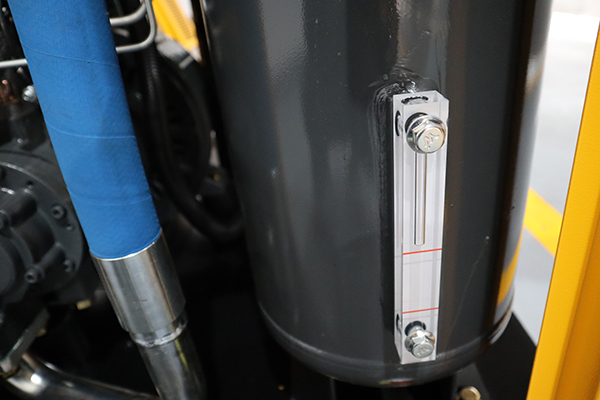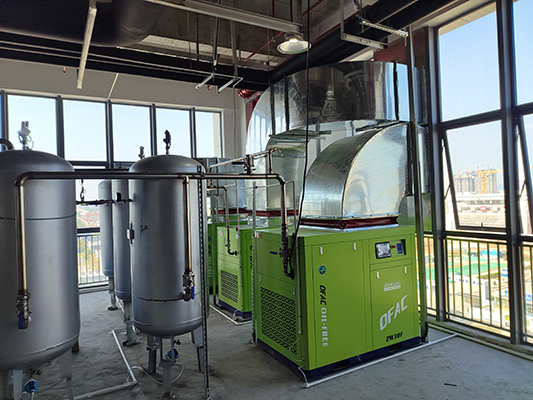normal pressure air compressor maintenance tips to extend service life and ensure stability
News 2025-10-24
Normal pressure air compressors are vital in industrial settings, delivering compressed air for powering tools, automating machinery, and supporting processes in manufacturing, automotive, and construction industries. Their reliability is key to maintaining productivity and safety, as any failure can lead to costly downtime. Effective maintenance practices not only extend the compressor’s lifespan but also optimize performance, reduce energy consumption, and minimize environmental impact by preventing inefficiencies and potential hazards.

Routine Inspection Strategies
Conducting regular inspections is essential for early detection of issues. Daily checks should include examining for leaks in hoses and fittings, monitoring pressure readings, and ensuring all safety mechanisms are operational. Weekly routines might involve assessing oil levels, inspecting belts for wear, and cleaning external components. These proactive measures help maintain consistent operation, avoid unexpected failures, and support the compressor’s stability in high-demand environments.
Effective Cleaning and Lubrication Methods
Proper cleaning and lubrication are critical for sustaining compressor efficiency. Regularly remove dust and debris from intake filters and cooling systems to ensure optimal airflow and heat dissipation. Use manufacturer-recommended lubricants and adhere to scheduled oil changes to reduce friction, prevent corrosion, and extend component life. Additionally, maintaining dry conditions by draining moisture from tanks can protect against rust and maintain air quality, enhancing overall system reliability.
Scheduled Component Replacements
Timely replacement of parts is key to long-term performance. Focus on consumables like air filters, oil filters, and seals, replacing them based on usage hours or manufacturer guidelines. Annual professional servicing should include thorough inspections of internal components, such as valves and pistons, to identify and address wear. Keeping accurate records of maintenance activities allows for better planning and prediction of needs, ensuring the compressor operates smoothly and reliably in industrial applications.


